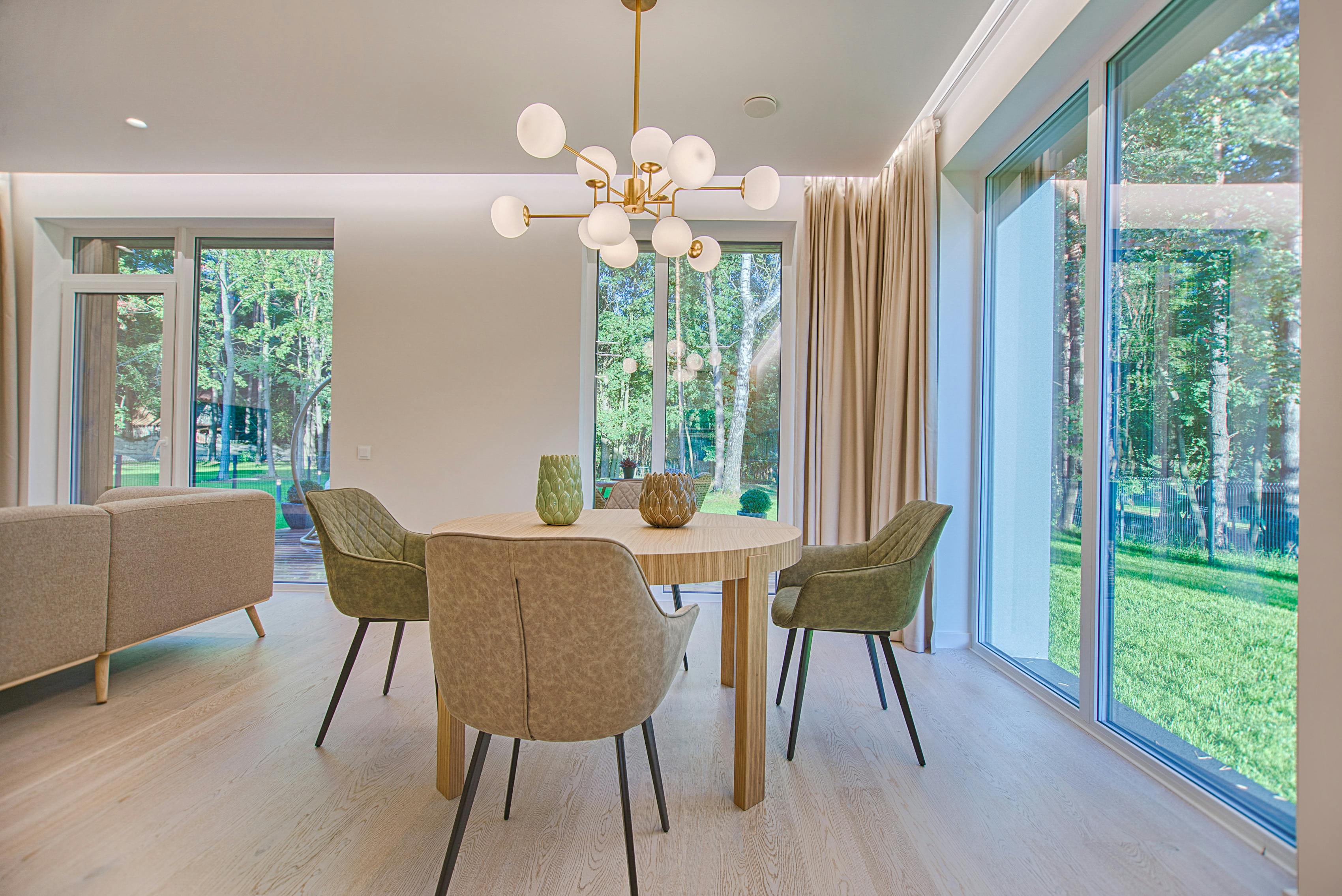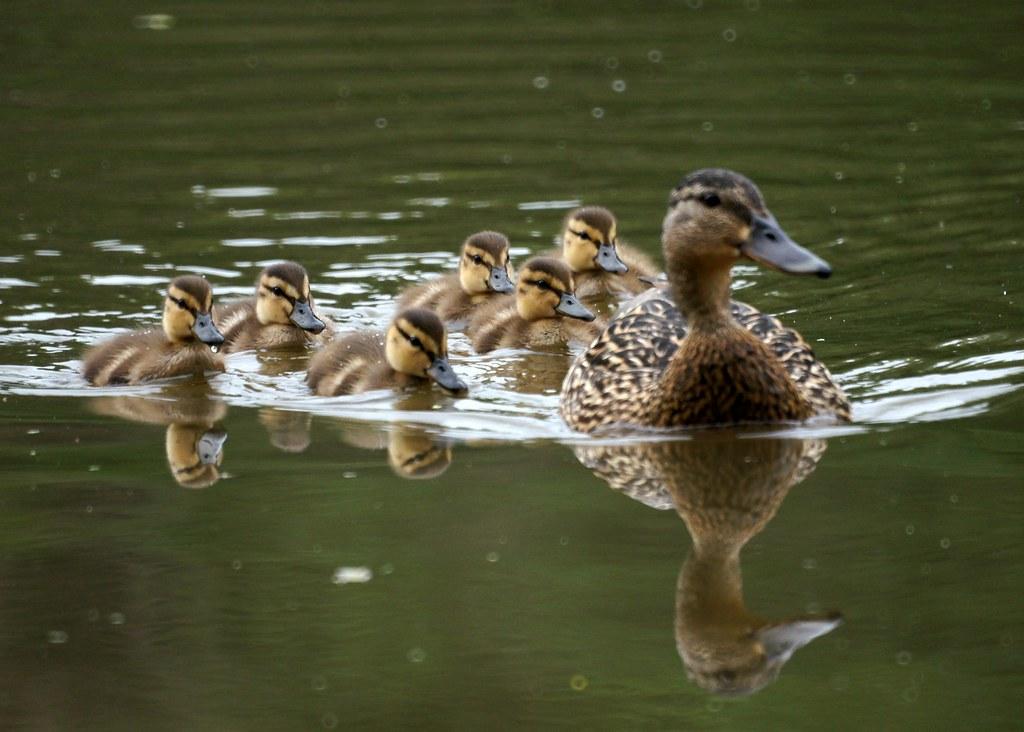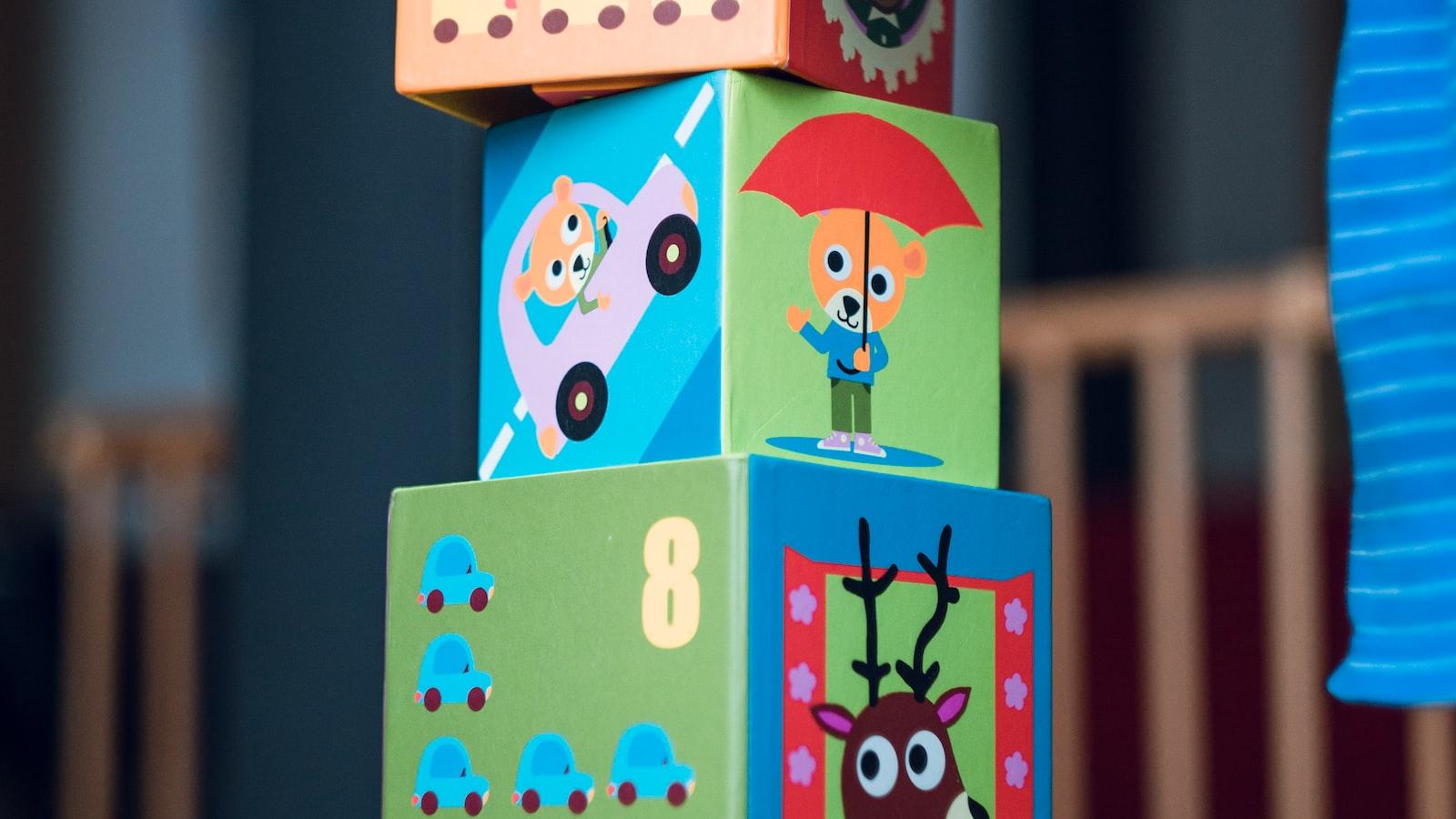Do Baby Ducks Need a Heat Source?
Baby ducks need a source of heat in order to survive. This is especially true for ducks that are born in cold climates or during the winter months. A duckling’s body temperature needs to stay around 95 degrees Fahrenheit in order for it to be healthy and grow. If the temperature drops too low, a duckling can suffer from hypothermia and frostbite.
A good way to provide heat for baby ducks is by using an artificial heat source such as an electric brooder lamp or infrared bulb. These lamps can be hung above the ducklings’ area, providing warmth without burning them. The lamp should be kept on 24 hours a day until the ducklings are old enough to maintain their own body temperatures without assistance.
It is also important to provide enough bedding material for the ducklings in order to keep them warm at night. Straw is often used as bedding material, as it provides insulation from cold temperatures and also absorbs moisture from droppings and spilled water. Ducklings should have access to fresh, clean water at all times, as well as plenty of food and treats.
In addition, it is important to monitor the temperature of the ducklings’ enclosures regularly so that they do not become too hot or too cold. If the temperature becomes too extreme for any length of time, it can put stress on their bodies and make them susceptible to disease and illness. It is best to keep the enclosure at a consistent temperature between 75-85 degrees Fahrenheit at all times in order for baby ducks to remain healthy and happy.
Overall, baby ducks need a source of warmth such as an artificial heat source or bedding material in order to maintain their body temperatures and stay healthy during colder weather conditions. With proper care and attention, baby ducks will thrive in any environment they are raised in!
Providing Heat for Baby Ducks
Baby ducks require a warm, safe environment to thrive and grow. Ducklings must be kept at a temperature of 95-100°F for the first week of their lives. This temperature is necessary to ensure the ducklings are able to stay warm enough to grow and develop properly. After the first week, the temperature can slowly be lowered until it reaches 85°F, which is ideal for duckling growth and development.
In order to provide heat for baby ducks, an appropriate heat source should be used. The most popular heat sources used for ducklings are infrared lamps, brooder lamps, and under-tank heating pads. Infrared lamps provide a wide range of temperatures, making them an ideal choice when raising ducklings. Brooder lamps are more focused in their heat output and should be moved frequently to ensure even heat distribution across the brooder area. Under-tank heating pads are another option that can be used when providing heat for baby ducks; these pads should be covered with bedding material so that the ducklings do not come into contact with them directly.
It is important to remember that any heat source used must be monitored closely at all times in order to ensure that the temperature is not too high or too low for the ducklings’ needs. Additionally, all heat sources should be kept away from any water sources or areas where water could potentially come into contact with them as this could cause an electrical hazard.
Finally, it is important to remember that proper ventilation is also necessary in order to keep your ducklings healthy and happy. Proper ventilation will help regulate temperatures in the brooder area and prevent stagnant air from building up around your ducks. Ventilation can also help reduce the risk of respiratory infections by providing fresh air circulation throughout the brooder area.
The Benefits of a Heat Lamp for Baby Ducks
A heat lamp is an essential tool for keeping baby ducks safe and healthy during their first weeks of life. Baby ducks require a warm, dry environment to grow and thrive, and a heat lamp can help provide this. The benefits of using a heat lamp for baby ducks include providing warmth, protecting from predators, and helping to maintain proper hydration levels.
The primary benefit of a heat lamp is that it provides warmth for the baby ducks. Temperature regulation is key in keeping baby ducks healthy, as cold temperatures can cause them to become ill or even die. A heat lamp helps to keep the temperature in the brooder at an optimal range for the baby ducklings’ health and growth.
Another benefit of using a heat lamp is that it helps protect the ducklings from predators. The light from the heat lamp helps to deter predators such as cats, raccoons, or other animals that may be lurking near the brooder and could be a threat to the safety of the ducklings.
Finally, using a heat lamp also helps to maintain proper hydration levels in baby ducks. Keeping water warm enough for them to drink is important as cold water can cause them to become dehydrated or even die. A heat lamp helps keep their water warm enough for them to drink comfortably and remain well-hydrated throughout their early days.
In conclusion, using a heat lamp for baby ducks has numerous benefits including providing warmth, protecting from predators, and helping maintain proper hydration levels. It is an essential tool in keeping baby ducks safe and healthy during their first few weeks of life.

Potential Risks of a Heat Lamp for Baby Ducks
Using a heat lamp as a heat source for baby ducks can be beneficial in protecting them from extreme cold temperatures. However, the use of a heat lamp also comes with some potential risks, such as overheating, fire hazards, and the potential for electrocution.
One possible risk is that the baby ducks may become overheated if too much heat is provided by the lamp. This can be especially dangerous if there are no other sources of ventilation or cooling in the area. If this happens, it can cause severe dehydration and even death in some cases.
Another risk associated with using a heat lamp is that it can create a fire hazard in the area where it is being used. Heat lamps can generate high levels of heat and light which can potentially ignite flammable materials nearby. This could lead to serious injuries or property damage if not properly supervised.
Finally, there is also the potential risk of electrocution when using a heat lamp for baby ducks. If the electrical wiring or connections are faulty or not up to code, then electric shocks could occur when using the lamp. To prevent this from happening, it is important to only use properly installed lamps that meet all safety standards and regulations.




